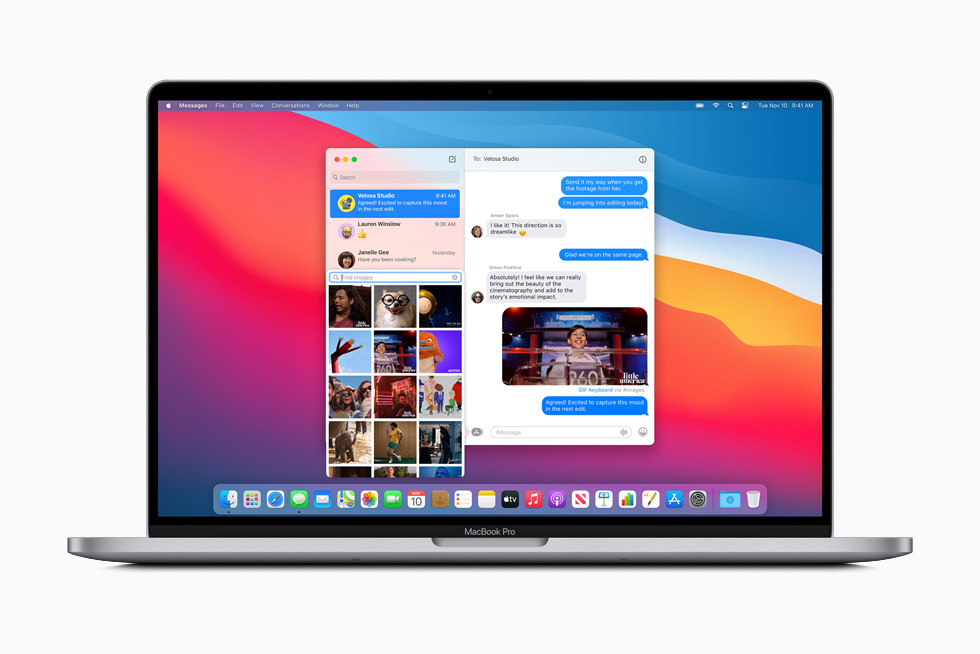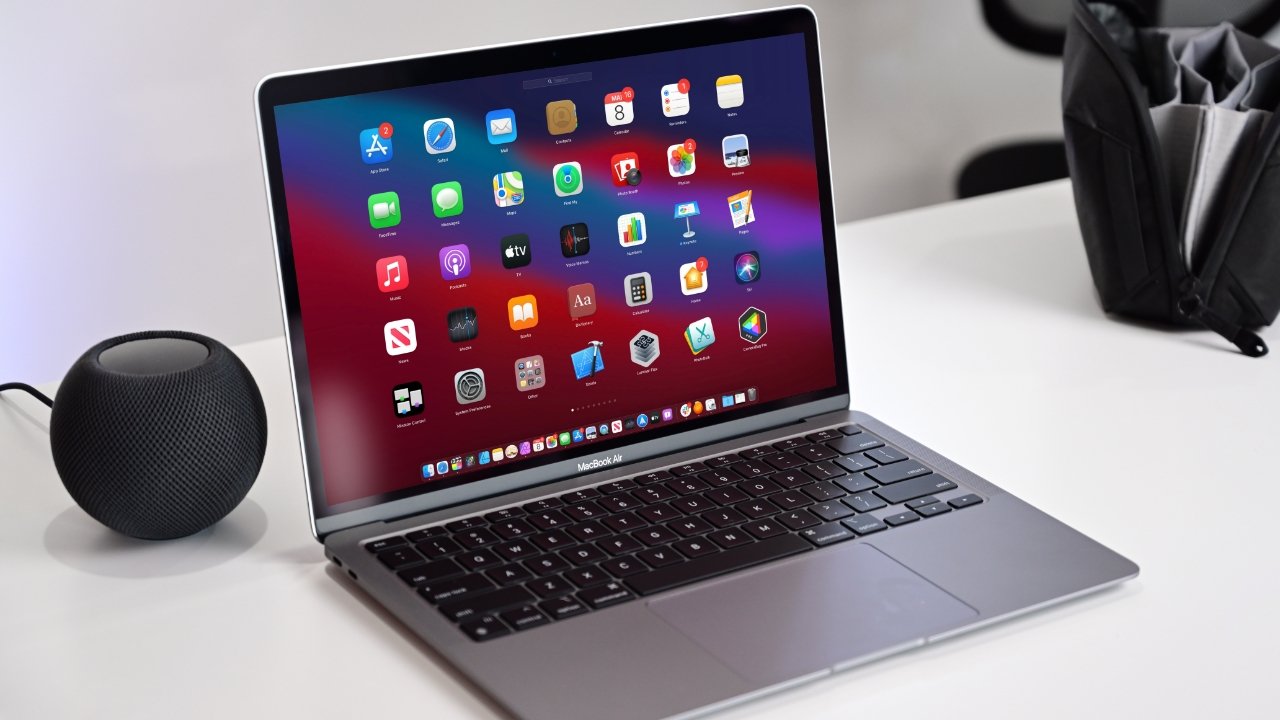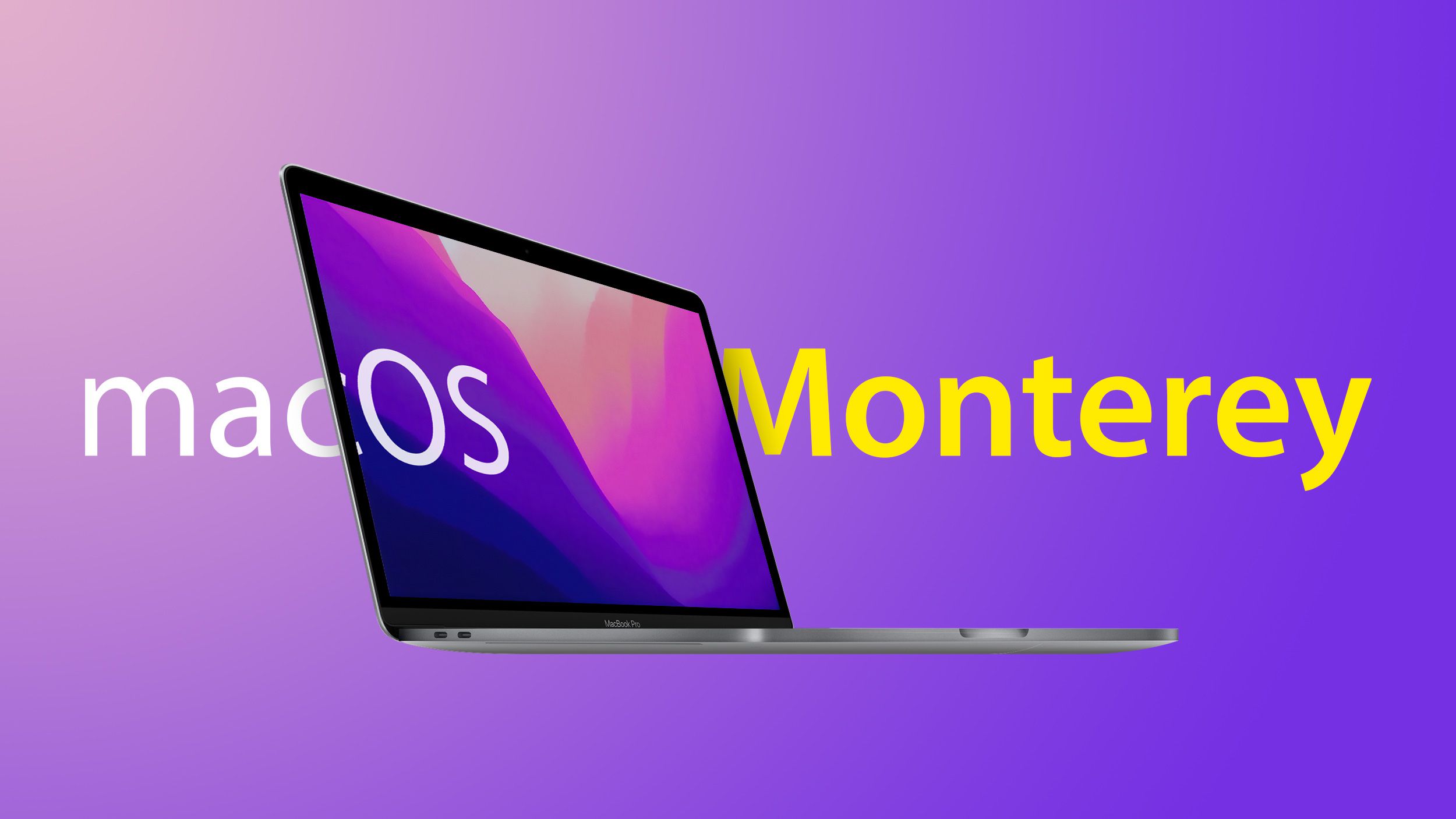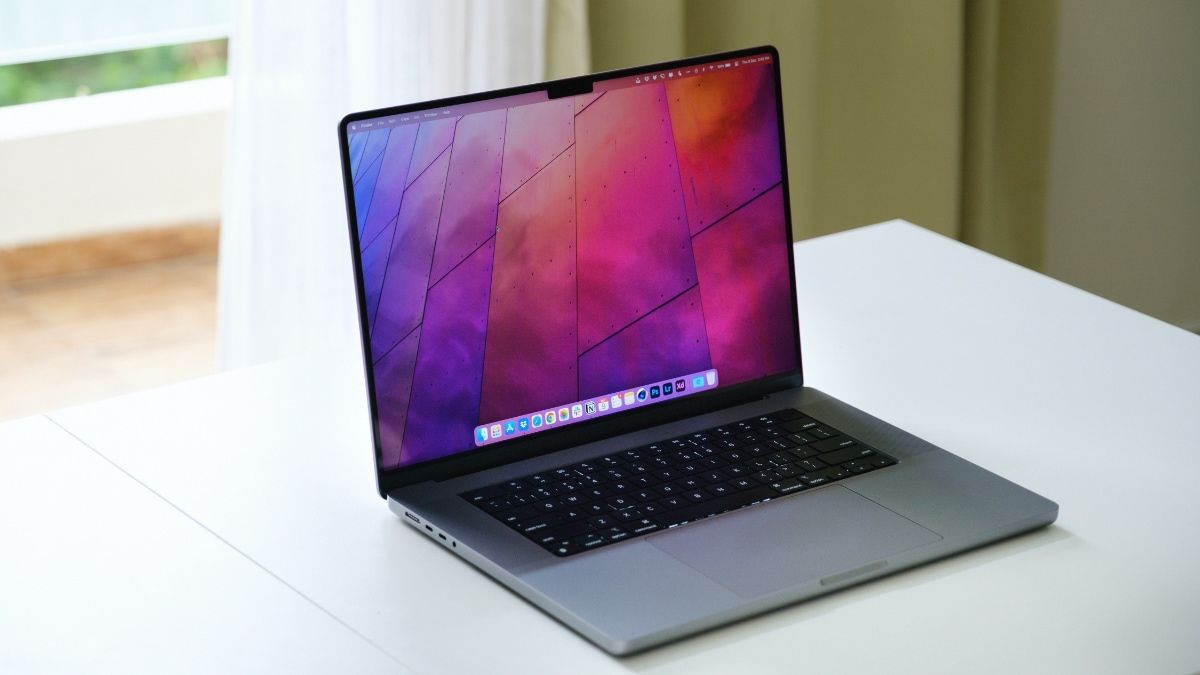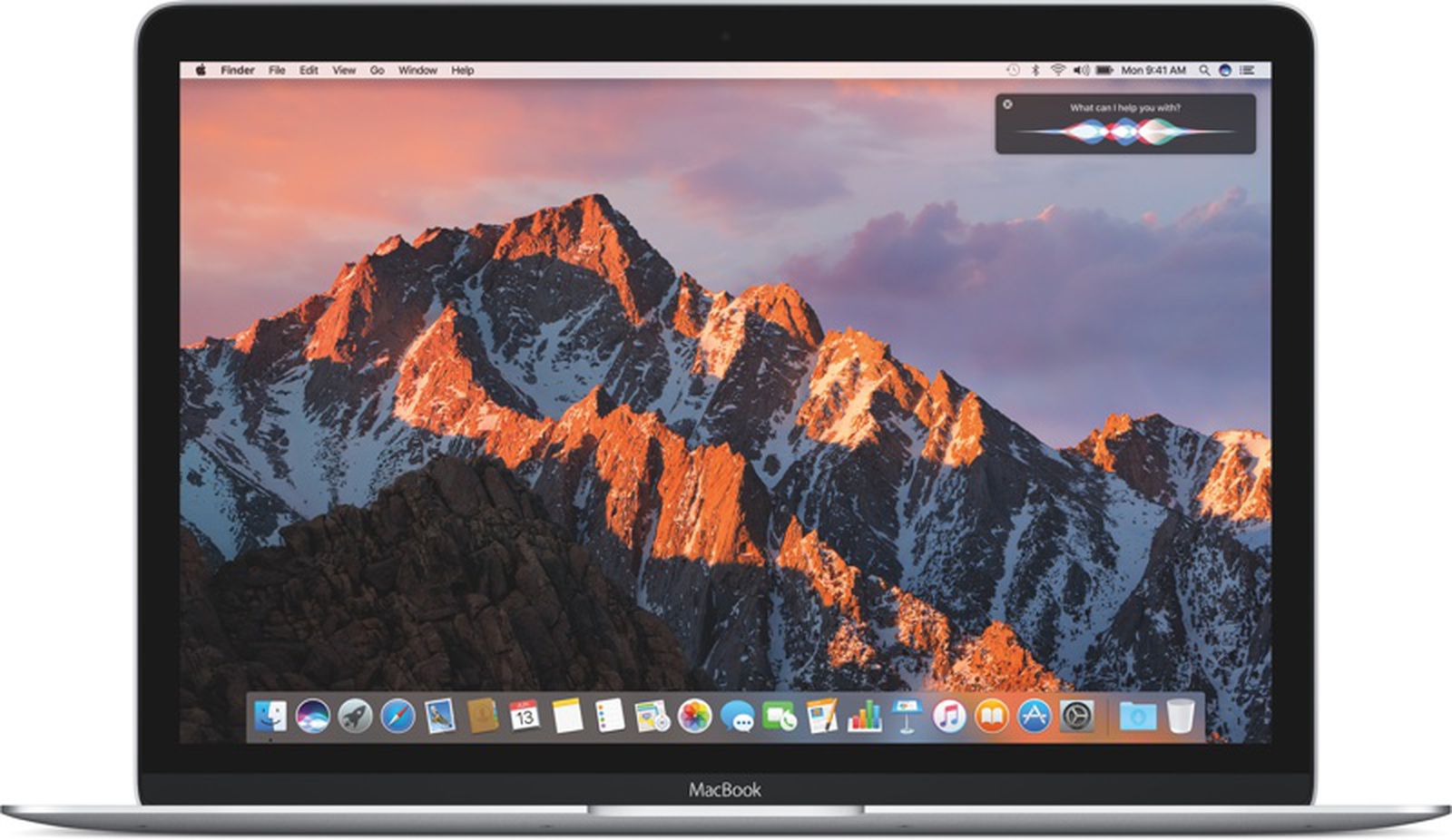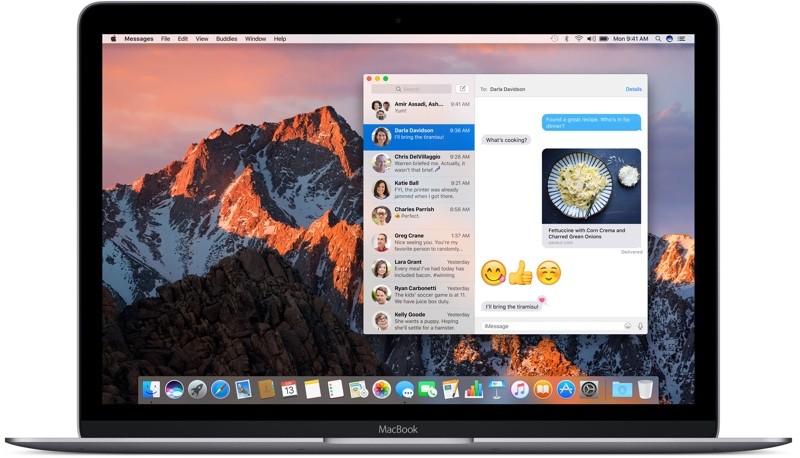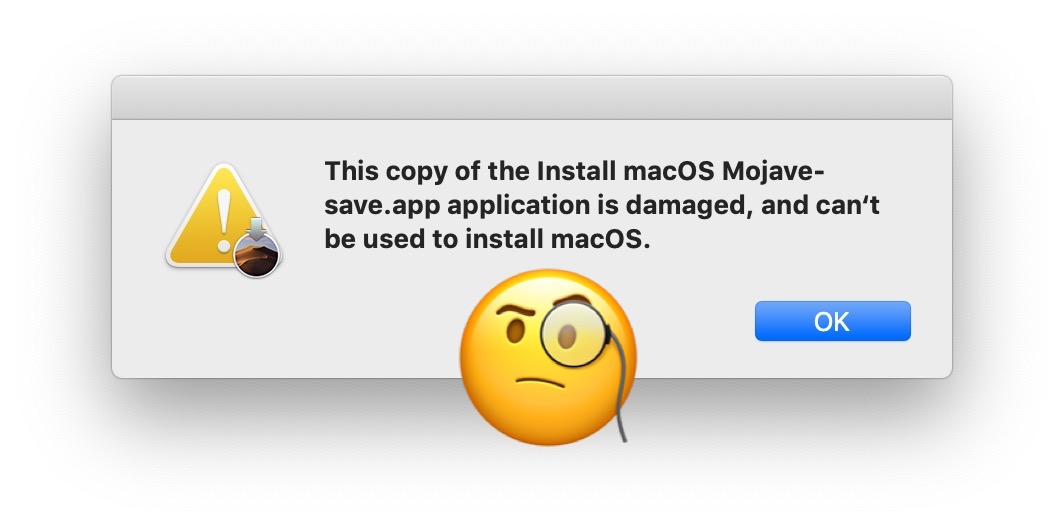Is macOS Sierra any good?
Files to update and retrieve information on the desktop. macOS Sierra competes as a solid, reliable operating system, just like the last two versions of OS X. It offers clear benefits when used with iPhones and Apple Watches. At the same time, adding Siri and iCloud Drive is a boon to play with.
Does Installing macOS Sierra Remove Everything?
Remember that if you delete the data and factory reset your Mac, you’ll need to clean and install macOS High Sierra. A clean install removes everything associated with your profile, files, and documents while reinstalling does not.
What Happens When You Install macOS, Sierra?
In addition to eschewing the OS X moniker, Sierra is finally bringing Siri to the Mac, alongside the Picture-in-Picture, updated Photos app, Apple Pay in Safari, and the ability to unlock your computer with an Apple Watch. It’s a feature-rich update, and you’ll want it on your Mac.
Do I need to update my Mac from Sierra?
Suppose your computer is running macOS 10.13 High Sierra or earlier. In that case, it must be updated or replaced to continue receiving security updates, as well as updates and new features for commonly used applications (such as the Microsoft Office 365 suite and Teams).
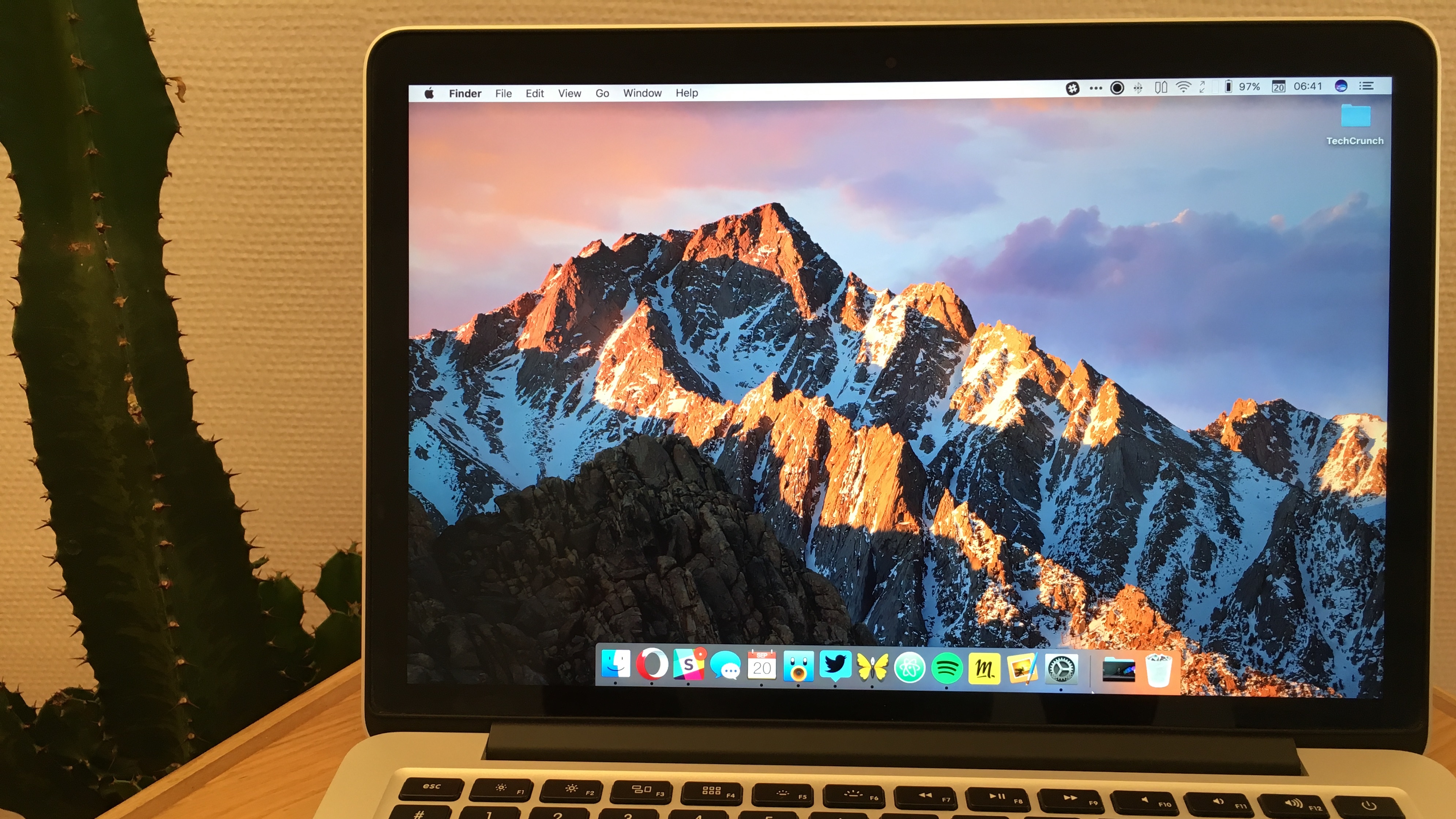
Is Catalina better than High Sierra?
Most coverage of macOS Catalina focuses on the improvements since Mojave, its immediate predecessor. But what if you’re still using macOS High Sierra? Well, the news is even better. You get all the improvements Mojave users get, plus all the benefits of upgrading from High Sierra to Mojave.
Is macOS High Sierra good in 2020?
As a result, we are now ending software support for all Mac computers running macOS 10.13 High Sierra and will be ending support on December 1, 2020.
Is it worth upgrading to macOS Catalina?
If you are using macOS Mojave or an older version of macOS 10.15, you must install this update to get the latest security fixes and new features from macOS. These include security updates that help keep your data safe and updates that fix bugs and other macOS Catalina issues.
Will I lose my photos if I update my Mac?
No. Upgrading macOS is a common practice and is done by many users every year when a new major version is released. Generally, when upgrading to the next major release of macOS, no user data is erased/touched. Pre-installed apps and configurations will also survive the upgrade.
Can I update macOS without a backup?
Normally, you can update apps and operating systems without losing any files. You can even install a new operating system version while keeping your apps, data, and settings. However, it is never okay not to have a backup.
Why doesn’t macOS Sierra install?
macOS Sierra Problems: Not enough space to install If you get an error while installing macOS Sierra that says you don’t have enough hard drive space, restart your Mac and boot into safe mode. Then restart your Mac and try installing macOS Sierra again.
Is my Mac too old to update?
Apple said this would work fine on a late 2009 or later MacBook or iMac or a 2010 MacBook Air, MacBook Pro, Mac mini, or Mac Pro. This means that if your Mac is older than 2012, it will officially not be able to run Catalina or Mojave.
Can I download Sierra on my Mac?
macOS Sierra is available as a free update through the Mac App Store. To get it, open the Mac App Store and click on the Updates tab. MacOS Sierra should be at the top. Click the Update button to download the update.
Is High Sierra better than Mojave?
Regarding macOS versions, Mojave and High Sierra are very similar. Like other updates to OS X, Mojave builds on what its predecessors have done. It refines the dark mode and goes further than High Sierra did. It also purifies the Apple File System, or APFS, which Apple introduced with High Sierra.
Will Big Sur slow down my Mac?
If your computer has slowed down after downloading Big Sur, you probably have low memory (RAM) and available storage space. You may not benefit from this if you’ve always been a Macintosh user, but it’s a compromise you’ll have to make if you want to update your machine to Big Sur.
Does updating Mac slow it down?
Slow performance after upgrading OS X on an older Mac is often caused by insufficient memory. Although you can install the upgrade on a Mac with 2 GB of memory, experience shows that a minimum of 4 GB is required for full performance.
Which Macs Can Run High Sierra?
These Mac models are compatible with macOS High Sierra: MacBook (Late 2009 or later), MacBook Pro (Mid 2010 or later), MacBook Air (Late 2010 or later), Mac mini (Mid-2010 or later), iMac (Late 2009 or later), Mac Pro (Mid 2010 or newer).
Which is Better, macOS, Mojave, or Catalina?
So who is the winner? MacOS Catalina improves the functionality and security foundation of your Mac. But if you can’t bear the new form of iTunes and the death of 32-bit apps, you might consider sticking with Mojave. Still, we recommend giving Catalina a try.
Which operating system is best for my Mac?
The best Mac OS version is the one your Mac can upgrade to. In 2021 that will be macOS Big Sur. For users who need to use 32-bit apps on Mac, Mojave is the best macOS. Also, older Macs would benefit at least from upgrading to macOS Sierra, for which Apple is still releasing security patches.


